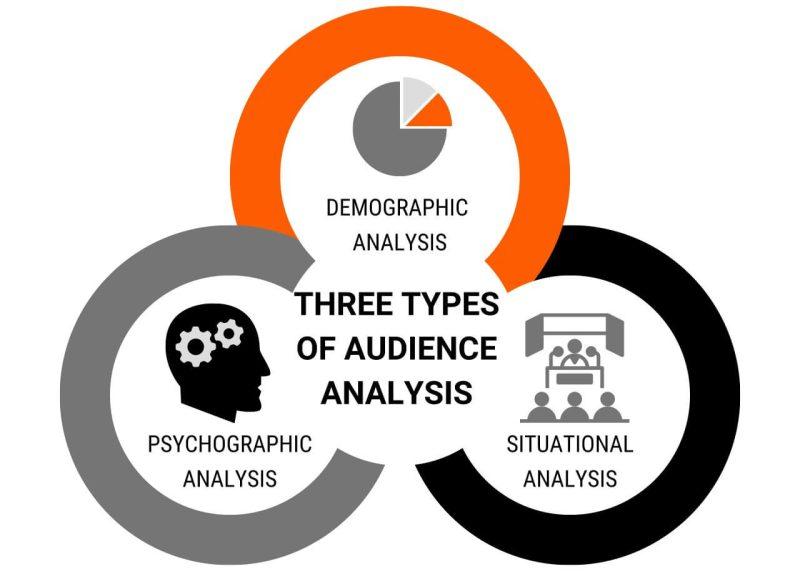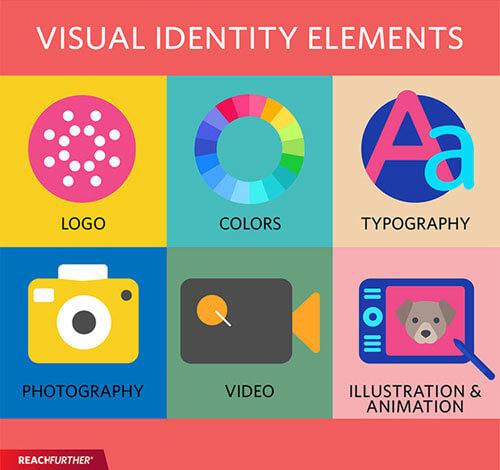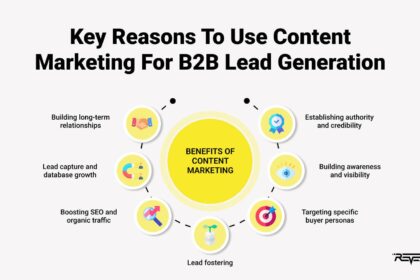In a world brimming with options, where every click and every glance is a choice between the familiar and the new, the concept of brand positioning has transformed from a mere marketing strategy into an art form. Just as an artist carefully selects colors and brush strokes to create a compelling masterpiece, businesses today must curate their identity to resonate with their audience on a deeper level. “Crafting Your Unique Space: The Art of Brand Positioning” invites you to explore the nuances of establishing a distinctive presence in a crowded marketplace. This article delves into the essential principles of brand positioning, illustrating how a well-defined and thoughtfully crafted brand can capture hearts and minds while standing out amidst the noise. Join us on a journey to discover the artistry behind creating a space where your brand not only exists but thrives, forging meaningful connections that transcend transactions.
Exploring Your Identity: Defining Core Values and Mission
To carve out a distinct identity, it’s crucial to delve deep into the essence of what you stand for. Your core values serve as the foundation upon which your brand is built, influencing your decisions, behaviors, and the message you convey to your audience. Consider reflecting on the following key questions:
- What principles guide your actions?
- What impact do you want your brand to have on the world?
- Which attributes resonate most with your target audience?
Once you’ve identified your core values, weaving them seamlessly into your mission statement will create a poignant narrative that communicates your purpose and passion. This statement should encapsulate the essence of your brand in a few powerful lines, making it both memorable and actionable. Here’s a simple structure you could follow to shape your mission:
| Element | Description |
|---|---|
| Who | Your target audience |
| What | The products or services you offer |
| How | Unique approach or methodology |
| Why | Your motivation and purpose |

Navigating the Market Landscape: Understanding Your Audience and Competitors
Understanding your audience is not just about demographics; it’s about delving into their preferences, motivations, and pain points. By segmenting your audience and analyzing their behaviors, you can craft messages that resonate deeply. Consider employing various tools for audience analysis, such as:
- Surveys and Polls: Direct feedback can offer precious insights into what your audience values.
- Social Media Listening: Monitoring discussions can reveal trends and sentiments about your brand and industry.
- Analytics Tools: Utilize data to understand your audience’s online behavior and preferences.
Equally important is evaluating your competition. An in-depth competitive analysis can illuminate gaps in the market that your brand can uniquely fill. Start by outlining key competitors and their positioning strategies, focusing on areas such as:
| Competitor | Strengths | Weaknesses |
|---|---|---|
| Brand A | Strong online presence | Poor customer service |
| Brand B | Innovative products | High price point |
| Brand C | Established reputation | Limited product range |
By understanding both your audience and competitors, you can develop positioning strategies that not only highlight your unique value but also address consumer needs, thereby carving out a space where your brand can thrive.

Crafting Your Narrative: Storytelling as a Tool for Connection
Storytelling is more than just an art; it’s a bridge that connects brands to their audience on deeper, emotional levels. When you weave a narrative around your brand, you invite your audience to not merely observe, but to participate in a shared experience. This connection is built upon the ingredients of authenticity, vulnerability, and relatability. A well-crafted story can spark conversation, foster community, and ultimately lead to loyal relationships with your customers. Through compelling narratives, brands have the unique opportunity to communicate their values, missions, and visions in a way that resonates—transforming potential buyers into passionate advocates.
To harness the power of storytelling, consider the following essential elements for your brand narrative:
- Character: Identify the protagonists—who is at the center of your story?
- Conflict: What challenges do they face that your brand can help resolve?
- Resolution: How does your product or service bring about a positive change?
- Emotion: What feelings do you want to evoke in your audience?
By thoughtfully integrating these components into your messaging, you will not only inform potential customers about what you offer but also inspire them to join your journey. The connection formed through such narratives can elevate your brand positioning, giving it a unique space in a crowded market.

Visual Identity and Consistency: Building Recognition Through Design
Your brand’s visual identity serves as the first impression that communicates your values and personality. It encompasses everything from your logo, color palette, and typography to imagery and layout. A well-crafted visual identity not only makes your brand memorable but also fosters a sense of trust and loyalty among your audience. To effectively build recognition through design, focus on creating a cohesive aesthetic that reflects your unique essence. Consider developing a clear style guide that outlines appropriate usage of design elements to maintain consistency across all platforms. This ensures that no matter where your audience encounters your brand, they experience a unified message.
Consistency in design helps solidify your place in the marketplace, allowing customers to easily identify and connect with your offerings. Here are a few strategies to enhance visual consistency:
- Cohesive Color Schemes: Choose a color palette that embodies your brand’s spirit and use it uniformly across all marketing materials.
- Typography Choices: Select one or two typefaces that resonate with your brand’s voice and use them throughout your communications.
- Logo Usage: Ensure that your logo is displayed consistently in terms of size, color, and placement.
| Design Element | Importance |
|---|---|
| Logo | Represents your brand’s identity visually |
| Color Palette | Evokes emotions and associations |
| Typography | Affects readability and user perception |
Final Thoughts
As we draw the curtain on our exploration of brand positioning, it becomes clear that crafting your unique space in the marketplace is not merely a strategy; it is an art form. Each brushstroke of identity, every hue of messaging, and the careful layering of experiences contribute to a portrait that resonates with your audience.
Navigating the intricate landscape of consumer perceptions and cultural nuances requires not only creativity but also an unwavering commitment to authenticity. By leveraging the principles we’ve discussed, you can cultivate a brand that stands out—a sanctuary where consumers feel seen, heard, and understood.
Remember, this journey is an evolving one. As trends shift and preferences transform, so too will the canvas of your brand. Embrace the fluidity of this process, adapting and reinventing as necessary to maintain your unique positioning.
the space you create is an invitation—a call to experience, engage, and connect. May your brand flourish in its individuality, leaving an indelible mark in the hearts and minds of those you reach. Now, go forth and paint your narrative boldly, for the world is waiting to discover what makes your brand truly one-of-a-kind.



